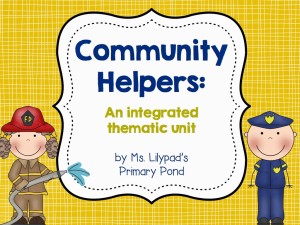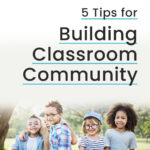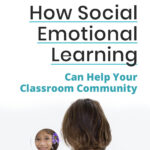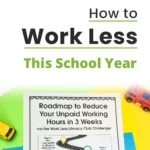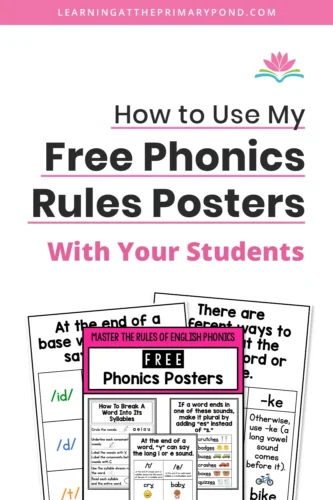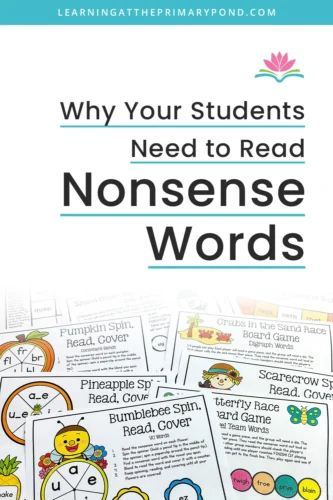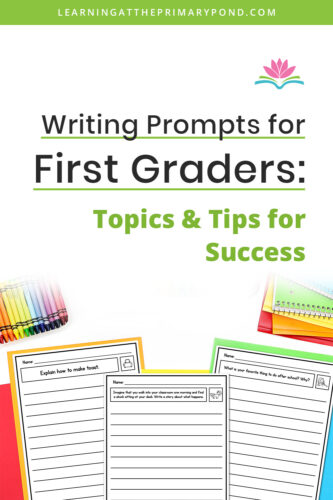I love teaching primary students about community helpers! It’s such a relevant, engaging topic for little ones, and it lends itself to lots of valuable learning activities.
I start out my unit by teaching students about wants and needs. Once they understand the difference, we move on to talking about people who help us meet our needs (i.e. safety, a place to live, etc.). And those people are – you guessed it – community helpers!
Firefighters, police officers, and doctors/nurses help us meet our need to stay safe and healthy. We focus on these three community helpers for the first part of the unit.
Then, student choice guides the additional community helpers we study. I bring in tons of books about different community helpers and jobs, and they get to choose which ones we study in depth.
Throughout the whole unit, we read lots of books about community helpers. I also have students read about community helpers during guided reading, using these books:
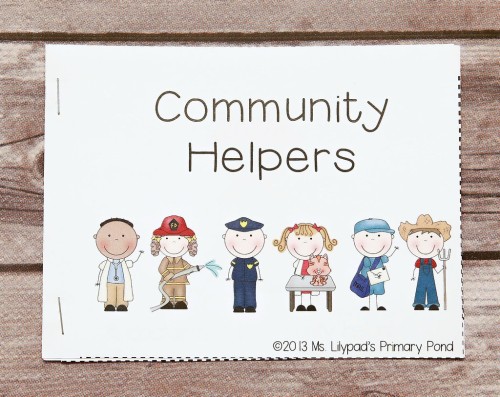
Although books are an essential part of any unit I teach, there are tons of other ways to integrate literacy into a unit like this one. In fact, the more I can integrate the unit with our literacy block, the better! The kids get so excited when we study a topic throughout the day – during reading, writing, social studies, etc.
Read on to find 3 types of literacy activities that I use in conjunction with my community helpers unit – you can integrate them into just about any unit you teach!
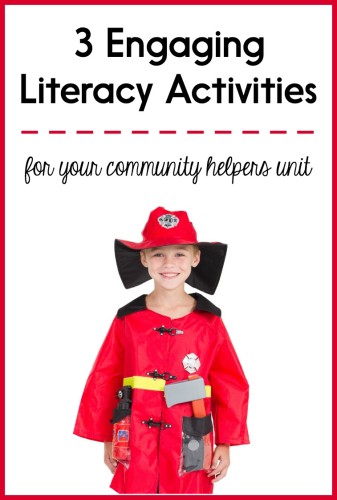
1. Vocabulary study and categorization
Learning about community helpers requires students to learn many new vocabulary words! I’ve found that my students best learn and understand new words when they are placed into groups or categories.
The majority of the vocabulary words we learn during our community helpers unit falls into these four categories:
- Tools (used by the community helpers)
- Uniforms (worn by the community helpers)
- Transportation (used by the community helpers)
- Jobs (tasks or work done by the community helpers)
When we read books and watch videos about our first community helper (firefighters), I create an anchor chart with four squares and model how to place new words into each of those categories.
When we study the second community helper (police officers), students take a more active role in categorizing vocabulary words. The photo below shows a picture vocabulary sort that my Kindergarten students completed with a partner:
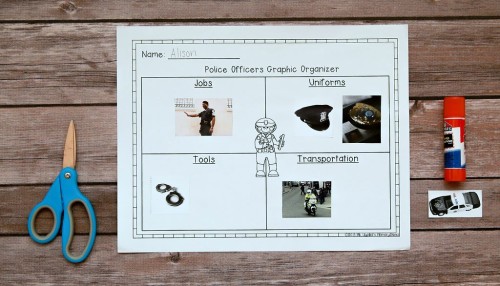
Using this same four-square organizer to study different community helpers enabled students to make connections between different jobs. It also helped them better understand why particular vocabulary words were important to know when learning or talking about community helpers.
When I taught this unit with 1st grade students, we also did a written-word vocabulary sort. I prepared slips of paper with vocabulary words on them. At the end of the unit, students had to sort the vocabulary words by community helper (i.e. placing the word “hose” under the “firefighter” category). This activity is also included in my community helpers unit.
2. Shared writing experiences
I always planned special experiences for my students during our community helpers unit. Although we were not able to take any trips (a fire station trip would have been awesome!), I did have firefighters and police officers come to visit our classroom. I also had my two best friends (who are nurses) visit when we studied doctors/nurses. (Side note: Not only did the kids love getting free band-aids, but my friends thought the kids were hilarious and helped me pick up the entire shelf of toys that two boys knocked over during a visit one year. Win-win-win!)
Anyway, special experiences like field trips or class visitors really lend themselves to shared writing experiences. This is when you compose a text as a class, based upon the special experience. One way to accomplish this is by using the Language Experience Approach (read more about it here).
Something I loved to do with my Kindergarteners after the firefighters’ visit was to create a class book about the experience. The firefighters always showed us how they put on their gear, and I took photos of each step.
Afterward, I printed out the photos for my students and had them tell me how to put the photos in the correct order (a great opportunity for practicing using transition words orally). Next, we did some shared writing. The students worked together to compose a sentence to go with each picture (i.e. “Next, the firefighter put on his boots.”).
When the book was finished, we read it together a few times, and eventually placed it in the classroom library (sometimes I also made additional copies because it was a “hot read”!). The kids just loved being able to see their own words and experience come to life in the book.
3. Independent writing activities
A great way for students to show what they’ve learned (throughout and at the end of the unit), is to have them write about their new knowledge. Young students should also be asked to draw to share their ideas, because sometimes their drawings can reveal more about their understandings than their writing.
There are tons of different, authentic writing activities to incorporate into a unit like this one. One activity I did was to have my students write a book about different community helpers they’d learned about. I instructed them to include some sort of main idea statement at the end of the book, to encourage them to think broadly about what community helpers do / what their importance is in the community.

Another fun, end-of-unit activity is to have students write about what job they’d like to have when they are older (and to explain their preference with reasons – a great opinion writing activity!). The writing activity below is in Spanish, but it says “When I grow up, I want to be…”

Conclusions
The next time you’re planning a unit in science or social studies, go beyond readalouds when you’re thinking about incorporating literacy activities! The kids will love the opportunity to extend their learning in a variety of ways.
To learn more about my community helpers unit featured in this post, click on the image below.
Happy teaching!

